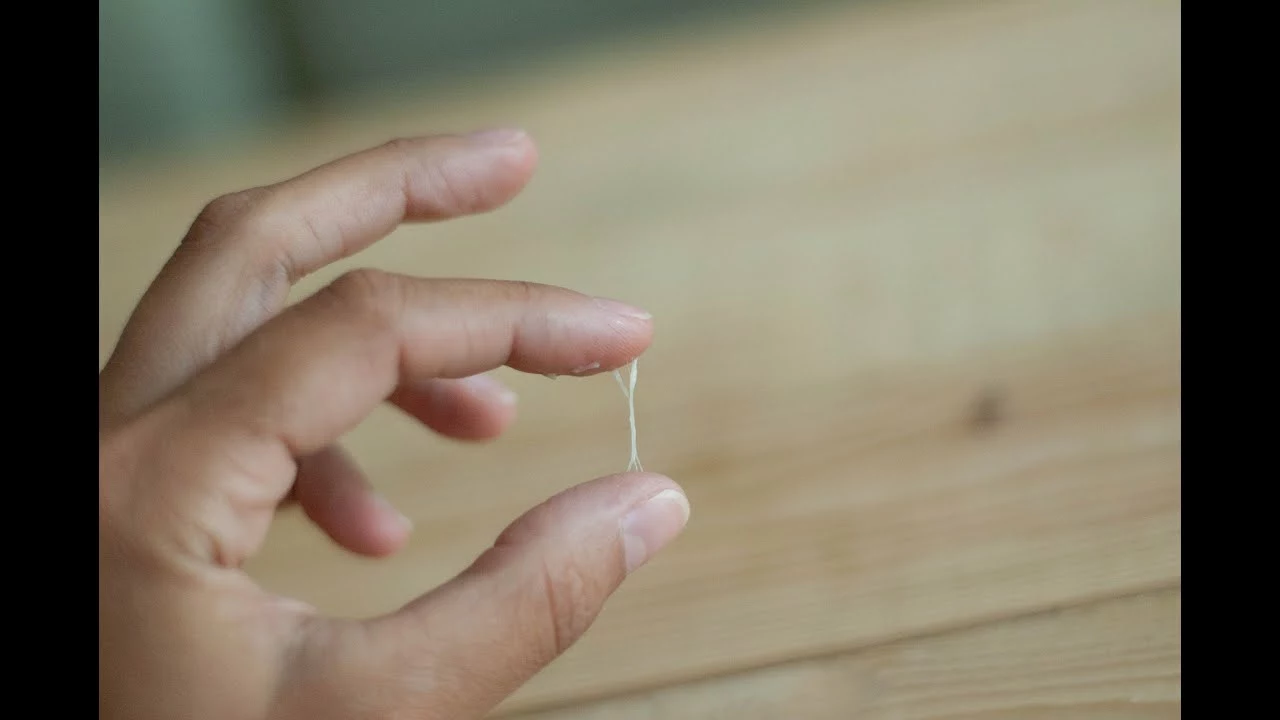Cervical Mucus: Read Your Body’s Fertility Signals
Cervical mucus is one of the easiest ways to learn about your cycle without tests or gadgets. Pay attention for a few months and you’ll see patterns: dry days, sticky days, and a wet, stretchy phase right around ovulation. That stretchy mucus is the key to spotting your most fertile days.
How to check and what each type means
Check mucus with clean fingers or toilet paper right after you pee. Note color, texture, and amount. Quick guide:
- Dry or no mucus: usually low fertility (after your period or before your next cycle ramps up).
- Sticky or creamy: rising estrogen but not peak fertility. Sperm survival time shorter here.
- Watery or egg-white (clear, slippery, stretchy): peak fertility. This mucus helps sperm swim and survive up to five days in the reproductive tract. If you’re trying to get pregnant, sex during this window gives the best chance.
- Thick, cloudy, or smelly: could be infection. Also happens with some meds or after sex.
Simple tips to track mucus and use it
Keep a daily note. Use a small notebook, phone note, or a period app. Record one line for mucus type and one for other signs like basal body temperature or ovulation test results. After a few cycles you’ll predict your fertile window better.
If you’re trying to avoid pregnancy, combine mucus tracking with another method like temperature or ovulation tests. Relying on mucus alone is riskier because stress, illness, dehydration, and sex can change it suddenly.
For conception: aim for sex during watery or egg-white days and the one or two days after peak mucus appears. Sperm live longer in fertile mucus, so frequent sex around this time isn’t necessary—every other day is fine.
If you’re using lubricant, choose sperm-friendly options. Many store-bought lubricants kill sperm or change mucus texture. Ask for recommendations from a clinic or look for fertility-safe labels.
Medications and health conditions matter. Hormonal birth control, some antidepressants, and menopause reduce mucus. Fertility drugs change patterns. If you’ve had abnormal bleeding or recent pelvic infections, mucus tracking may be less reliable until things settle.
When to see a doctor
See a clinician if mucus is persistently foul-smelling, green, yellow, or accompanied by itching, burning, or pelvic pain. Also check in if you can’t get pregnant after a year of trying (six months if you’re over 35). A simple exam and lab tests can spot infections or hormonal issues quickly.
Final practical note: mucus tracking is cheap, private, and often eye-opening. Try it for three cycles before deciding if it works for your goals. Track, compare, and use that info to make smarter choices about timing, testing, or seeing a pro.

As a woman, understanding our bodies is essential, and one key aspect to consider is the relationship between ovulation and cervical mucus. I've recently discovered that by tracking the changes in cervical mucus, we can actually determine when we're most fertile. So, let's pay attention to the texture and consistency of our cervical mucus, as it can give us valuable insights into our ovulation cycle. By doing so, we can improve our chances of conceiving or avoid unintended pregnancies. Remember, knowledge is power, so let's keep learning and understanding our bodies better!
Continue Reading




